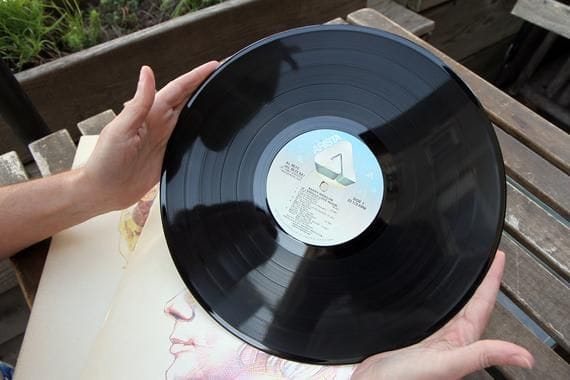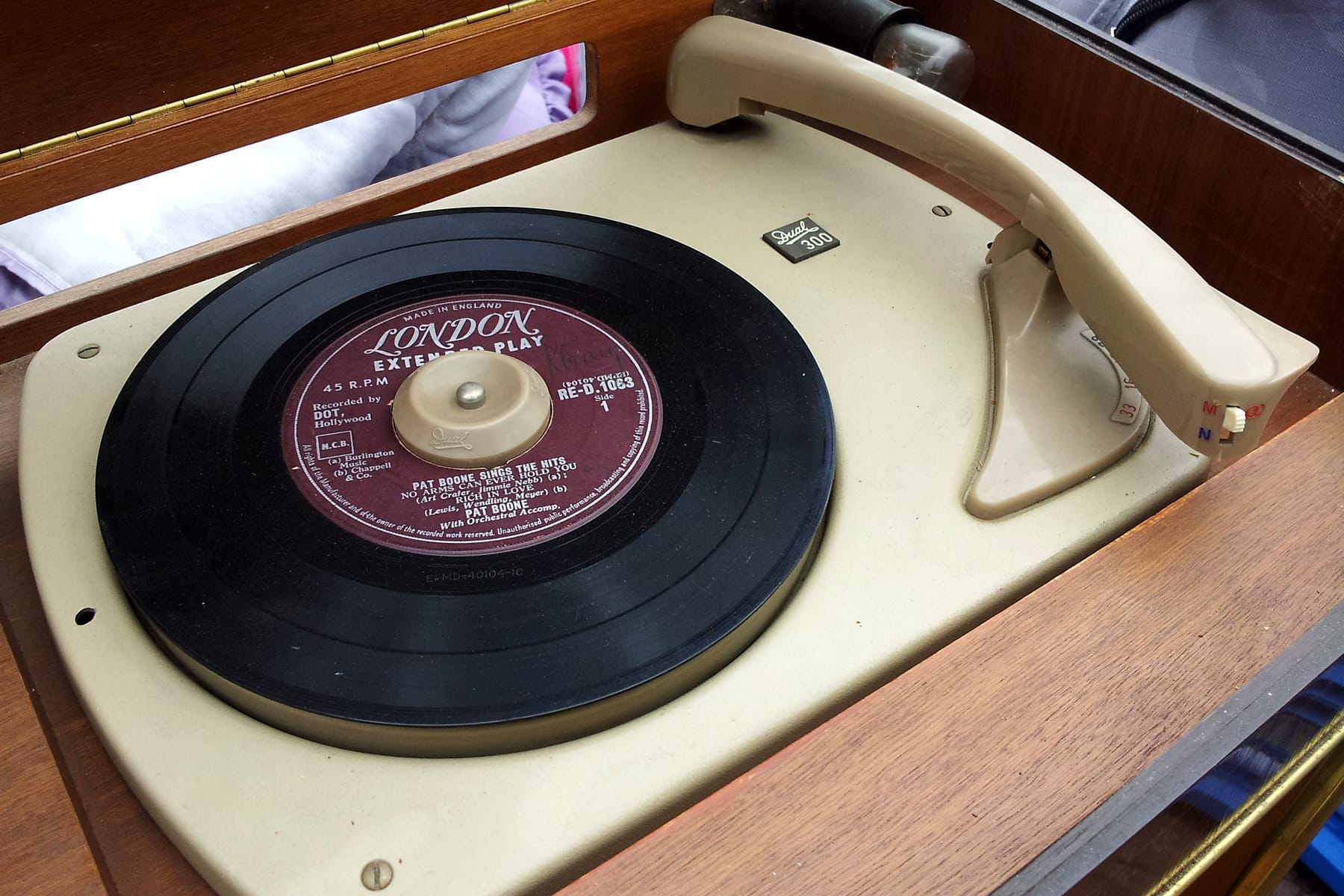You might have first seen the labels LP and EP when you were browsing the net to buy your favorite artist or band’s merchandise. Not all of us would find it important at first but the moment we want to keep music records for collection, it becomes surprising that we must know the difference between the two when buying one.
At a basic end, these two terms trace back their origin during the glory days of vinyl records. They come alongside mixtapes and albums. Knowing the difference between the two is also essential in identifying which music streaming platforms support LP and EP formats and which type you prefer more. So without any further ado, let us get to the meat of this post: the difference between LP and EP in music.
What is an LP?

As we have mentioned, both LP and EP became default music formats during the rise of vinyl records. LP is an abbreviation for Long Playing record. It came before the fame of compact discs (CDs) and it played at 33 1/3 RPM. It was well loved because of its analog sound quality, recalled by many mainstream artists at present as the true vintage sound compared to the digital sound of CDs.
With the resurgence of vinyl record playing and keeping, we see that LP is still standing alongside its EP counterpart (we will get to this next). LP is commonly referred to as the short name for full-length albums. Although the length of songs vary, at a typical rate, LPs could play up to 50 minutes of music consisting of at least 10 to 12 songs. Its 50-minute capacity is also a notch up to the 40-minute maximum of vinyl records. While you can find 60-80 minutes LPs, they are very rare since vinyl records experience tone wares after 40 to 50 minutes of sustained playing.
LPs disappeared for a while when digital music storage came to replace it briefly. But at present, LP formats are raved for not only because of its vintage sound quality but also because it is known to contain additional two to three bonus tracks that are not present if you buy your favorite artist’s albums on CD.
What is an EP?

Alongside LP would be the EP which stands for extended play. Unlike LP, EP does not only support analog tones like vinyl records. It could also support digital music like CDs and digital downloads from apps such as Spotify and iTunes. Essentially, an EP contains more than just the single but it is not the entire album. An Ep is usually four to six tracks short compared to Lps.
If it does not contain the full album, why is it called extended play? It is a valid question as it normally stirs confusion to newbie music enthusiasts. To put it simply, extended play means extended play of a single or just longer playing single.
In terms of RPM, Eps play at 78 RPM. With this, it was not hard for Eps to be integrated in digital music such as in CDs and digital downloads.
Through the years, Eps were closely associated music formats for funk and rock bands containing 8 to 10 tracks.
Nonetheless, when talking about Eps, we do not measure the number of tracks it contains but the total length of the release is what matters. For example, although iTunes and Spotify may not catalog tracks as Eps for some albums, you would find that they are clustered as albums with 4-6 tracks only or are within the under 30-minutes catalog. So technically, this is what we mean when we say the total length of the release over the number of tracks. After all, Ep means extended play.
What is the difference between LP and EP in music?
So now that we know what Lp and Ep stands for along with their basic characteristics, we are now ready to look at their stark differences. Summing up these differences boil down to two factors: practicality and expensiveness.
Practicality
One of the reasons why differentiating Lps and Eps is a big deal is due to practicality issues. At present, Eps are more practical to use than Lps because the current trend in music gives more primacy to the carrier single of the entire album.
Music producers are all eyes on the single especially if you are passing a music demo for a potential music career.
Other than this, Lps do not perform as well as before and chances are, radio stations and online music streaming apps will only choose three to six songs from the entire album.
Music curatorship at the moment are like music producers: they will only feature one song from the album for market testing and it is usually the carrier single of the album. Lps are too long and too expensive to produce that is why Eps are more practical to use nowadays.
On the other hand, Lps are still practical too if you are an established band or artist. Famous bands and artists come with a steady fanbase that will line up for their album releases and merchandise.
Fans will gladly and willingly wipe out Lps of their favorite artists and bands because they are there for all of the tracks and not just the carrier single. This is the reason why mainstream popular artists and bands usually release both an Ep and Lp format.
Expensiveness
There is no doubt that Lps are more expensive than Eps because they could hold more tracks and they offer vintage, delicate tones. This is the reason why Lps are commonly for the perusal of established bands and artists because beginner artists could not maximize the storage capacity and the expensiveness of Lps when sending out demo tracks.
On the other hand, Eps are relatively cheaper to produce and releases have shorter intervals because artists only need to fill four to six tracks. Eps are also used for album promotion as they could be uploaded through digital platforms and online streaming apps. Full length Lp albums could take six months to produce and we know how expensive music production is. Aside from this, if an artist messes an Ep up, it is easier to delete and revise compared to Lps.
Conclusion
With what we have covered about Lps and Eps today, it is safe to say than indeed, knowing the differences between the two is a big deal.
In this article, we have cleared what Lp and Ep stand for and why Ep is called extended playing albeit the fewer tracks it could contain compared to Lp.
It was also highlighted that the main differences of the two boil down to two important aspects which are practicality of use and expensiveness which we mentioned is particularly important for new music hobbyists and even hardcore music fans who are caught up in the dilemma of investing for Lp for its vintage quality or just try out the Eps first for more convenient playing.
Hopefully, with all of these, including the technical matters surrounding both Lp and Ep, the article could be of help in showing why it matters to know the differences between Lps and Eps in music.




